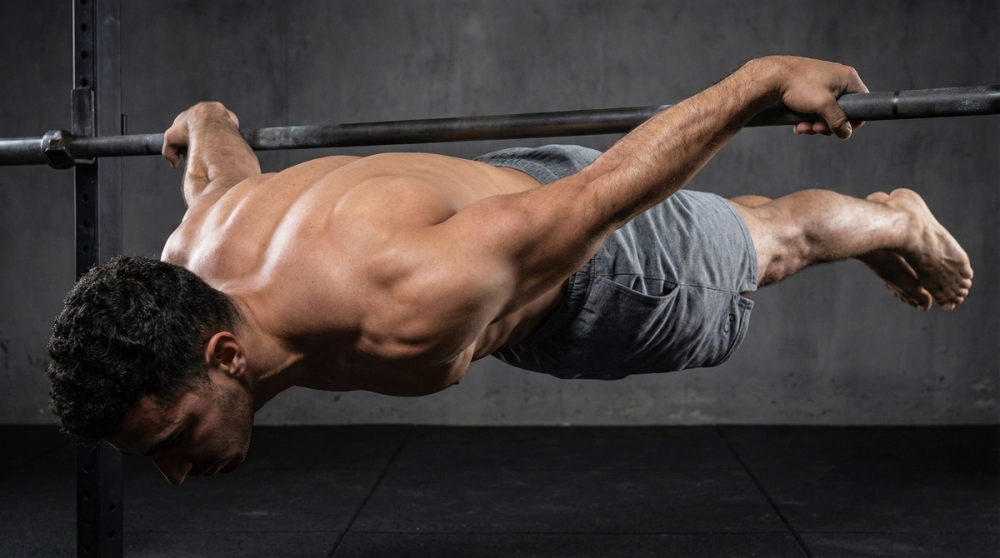
Calisthenic's Dragon Flag: complete guide with exercises
If you want to know everything about how to make dragon flags, here's a complete guide geared towards real progressions.

Over the years, as I’ve shared content, coached people, and managed our app, there’s one question I’ve heard over and over again:
“Yerai, I’ve hit a plateau in my routine or program and I just can’t make any progress—what can I do?”
Interestingly, almost everyone who asks me this question is making the same exact mistake. The good news? It’s easy to fix, and I’m going to show you how.
The Most Common Plateau Mistake
When someone tells me they’re stuck at a certain number of reps or can’t get past a specific phase in their routine, the first thing I ask is:
“How long are you resting between sets and exercises?”
The answer is almost always the same: short breaks of 45 seconds, one minute, maybe a minute and a half at most. Some even admit they don’t really keep track and just rest “by feel.”
That’s where the main problem lies. In routines focused on strength, hypertrophy, or skill development—like muscle ups, handstand push-ups, planches, or front levers—short rest periods don’t allow for proper recovery between sets. This is especially true when you’re training near your limit.
So, What’s the Solution?
If you truly want to build strength or muscle, you need to rest longer between sets.
My personal recommendation is to start with at least 2 minutes of rest between sets. If you still feel like you’re not fully recovered, don’t hesitate to stretch that to 2 and a half or even 3 minutes for hypertrophy routines. And when it comes to strength training or technical skills work, you can take up to 5 minutes between sets with no problem at all.
This gives your body the chance to fully recover so you can hit each set with maximum intensity—pushing past the limits that previously held you back.
When Are Short Rests Useful?
Shorter rest periods—ranging from 20 seconds to about a minute and a half—can be effective in other types of routines:
You can also use short rests if the routine is fairly easy for your current level, or during the first few weeks of a new program while your body is still adjusting.
Another specific case is when doing isolation exercises, which are more common in the gym than in calisthenics. For example, when working biceps and alternating arms, you can shorten rest periods because one arm is already recovering while the other is working.
My Personal Recommendation
Personally, I never go below 2 to 2 and a half minutes of rest. And when I’m doing especially tough routines—like advanced planche work or heavy weighted pull-ups—I don’t hesitate to rest for up to 5 minutes between sets. This approach helps me train at full intensity and continually break my own records.
I hope this helps you keep the right approach in mind and finally push past those frustrating plateaus.
If you’re looking for training programs to build muscle, get stronger, or improve a specific skill, check out the ones we offer on Calisteniapp.
By Yerai Alonso

Yerai Alonso
Cofundador de Calisteniapp, referente en calistenia y el street workout en Español. Con más de una década de experiencia, es creador de uno de los canales de YouTube más influyentes del sector. Autor del libro La calle es tu gimnasio, campeón de Canarias y jurado en competiciones nacionales e internacionales.
Join our newsletter
Learn everything you need to know about calisthenics

If you want to know everything about how to make dragon flags, here's a complete guide geared towards real progressions.

A detailed breakdown of all calisthenics statics. Learn about muscle activation, movement patterns, and precise execution for every isometric skill.

Calisteniapp v25.12.0 introduces program pause, performance improvements, and the 10’ Workout Challenge 2026. No shortcuts, just better tools
